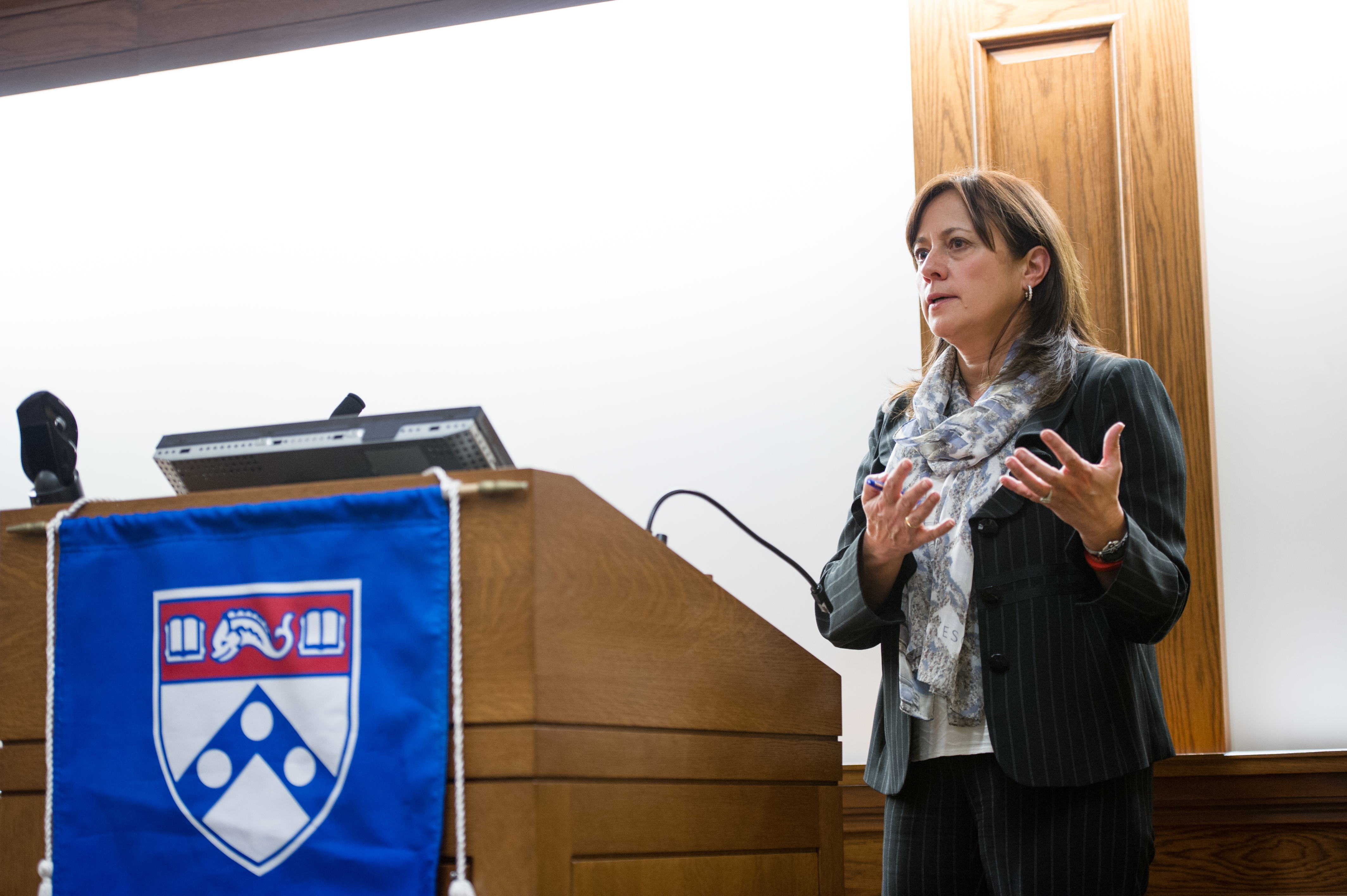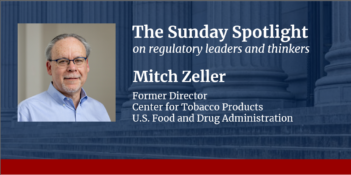
The Regulatory Review proudly features the remarks of Ann R. Klee, keynote speaker at the Penn Program on Regulation’s annual dinner.
One of the most widely cited Supreme Court decisions celebrates its thirtieth anniversary this year, the case of Chevron v. Natural Resources Defense Council.
The Chevron case arose from a dispute over a regulation the U.S. Environmental Protection Agency (EPA) adopted in 1981 establishing a so-called bubble policy for the control of air pollution from stationary sources. The statute underlying EPA’s regulation, the Clean Air Act, called for control of pollution from factories, power plants, and other similar stationary sources, but it never defined the word “source.” Did each individual pipe, vent, and smokestack at a large industrial plant constitute a separate source? Or was a “source” the industrial plant as a whole? The difference mattered. The EPA chose the plant-wide definition, arguing that it allowed for more cost-effective control of air pollution. By treating each plant as if it had a bubble over it, the EPA gave businesses more flexibility, allowing them to choose which individual smokestacks to control.
In resolving the dispute and ruling for the EPA, the Supreme Court articulated what is now a well-known “two-step” test that it said the courts must use when confronted with disputes over regulatory agencies’ interpretations of statutes. Obviously agencies like the EPA cannot violate the clear terms of statutes or laws passed by Congress, so the Court said that judges’ first step should be to determine whether the applicable statute speaks directly to the issue. If so, then the statute controls. In other words, if the Clean Air Act had defined the word “source” to mean individual pipes, vents, and smokestacks, the EPA could not have adopted a plant-wide definition.
But what happens when the statute is not clear? That leads to the Chevron test’s second step. If a statute is ambiguous, judges must defer to the regulatory agency’s interpretation, as long as it is reasonable. Since the Clean Air Act never defined the term “source,” the EPA could reasonably interpret it to mean the entire plant, and the Court needed to defer to the agency that Congress charged with implementing the Clean Air Act.
It is this second step that has come to be known as “Chevron deference” – and it has garnered an enormous amount of attention by judges, lawyers, and legal scholars for the last three decades. In this four-part series, The Regulatory Review is pleased to add to the deliberation over Chevron’s virtues and vices by featuring commentary calling for the courts to abandon Chevron deference to regulatory agencies.
This series reproduces a distinguished lecture delivered earlier this year at the University of Pennsylvania Law School by Ann R. Klee, Vice President of Environment, Health & Safety at GE. Klee, a Penn Law graduate, previously served as General Counsel to the U.S. Environmental Protection Agency, Counselor and Special Assistant to the Secretary of Interior, and Chief Counsel to the Senate Committee on Environment and Public Works.
Chevron Undermines Checks and Balances
September 8, 2014 | Ann R. Klee
As this year marks the thirtieth anniversary of the Supreme Court’s landmark decision in Chevron U.S.A. v. Natural Resources Defense Council, it is both timely and appropriate to ask: have the courts gone too far in deferring to agency interpretations of the law, and indeed, to agency decisions in general?
Chevron’s Lack of Statutory Support
September 9, 2014 | Ann R. Klee
When a federal court interprets or applies a federal statute, it is constrained by the language of the statute. In Chevron, the courts were interpreting the Clean Air Act, but nothing in the Clean Air Act itself suggested that Congress preferred that the courts defer to the EPA’s interpretation of the statute.
Putting Foxes in Charge of Guarding Henhouses
September 10, 2014 | Ann R. Klee
The broad application of Chevron deference has created a regulatory landscape where agencies may in some cases do what they want, rather than what the law requires or allows them to do. The doctrine puts foxes in charge of guarding the agency henhouse.
Rebuilding Accountability in the Administrative State
September 11, 2014 | Ann R. Klee
Deference is completely unnecessary. For nearly thirty years, the courts have deferred to the experts in the agencies under Chevron because of a perceived helplessness. But for at least the last twenty of those years, the same courts have been showing they are actually quite capable of evaluating the judgments of “experts.”
The full set of Ms. Klee’s remarks, It’s Time to Change Chevron Deference, can be downloaded here.



